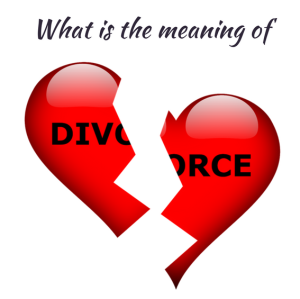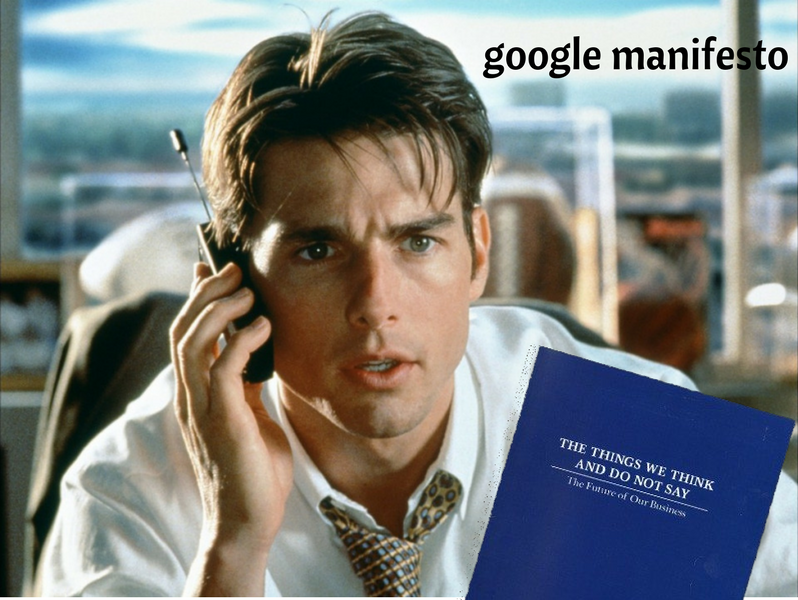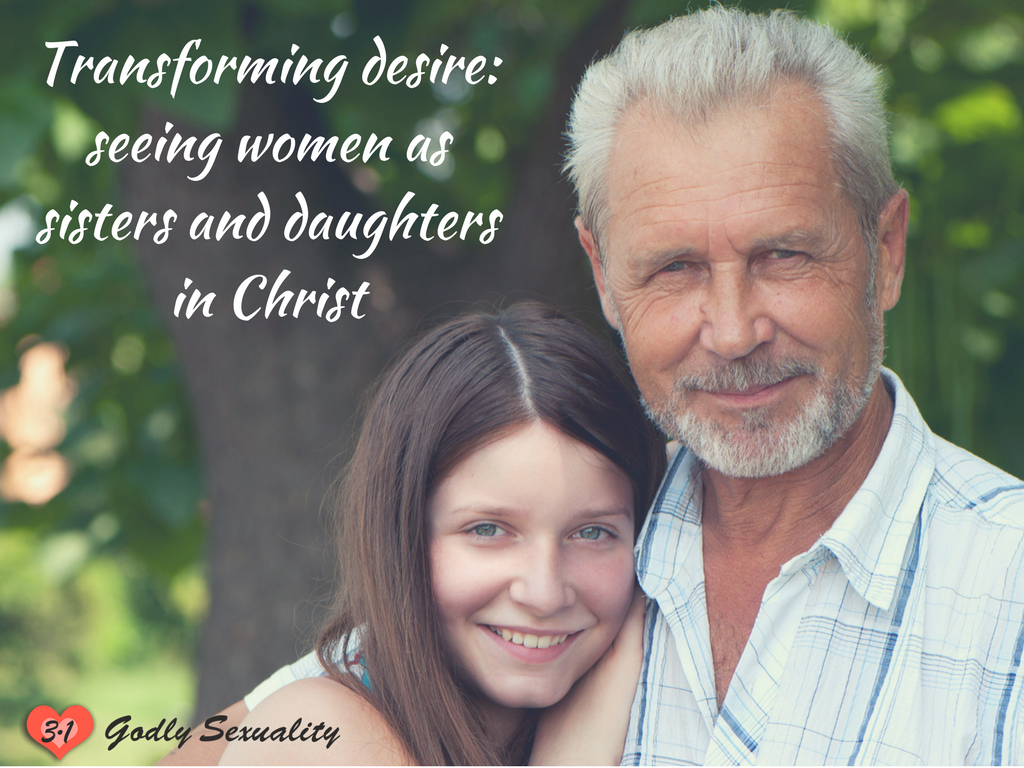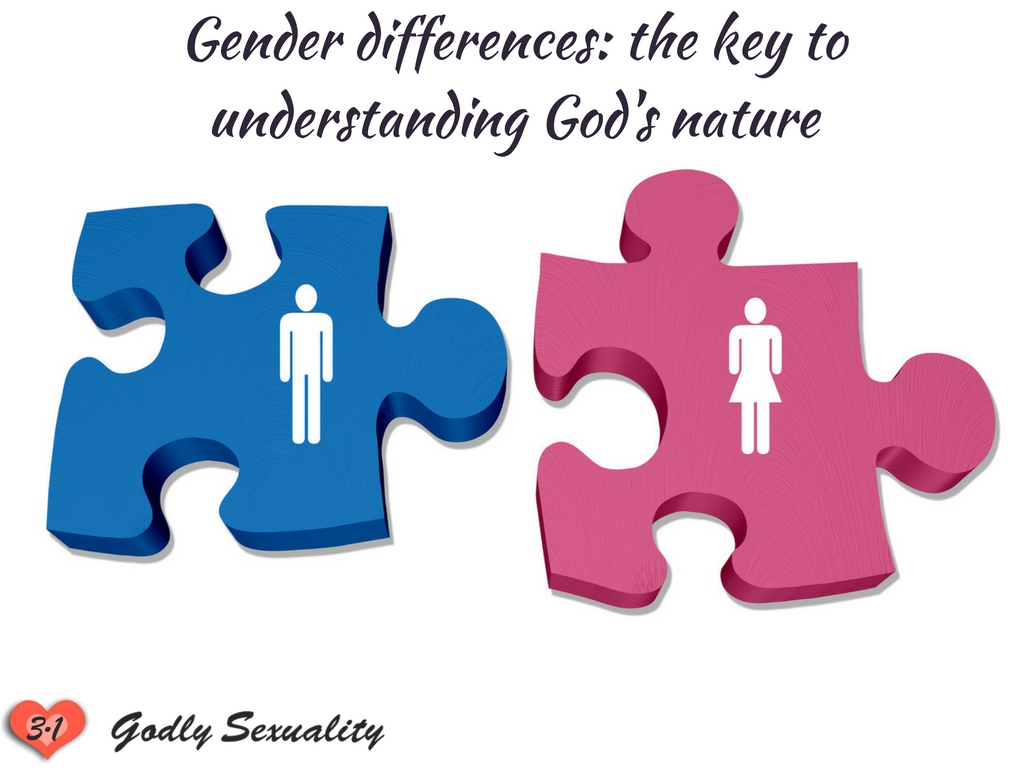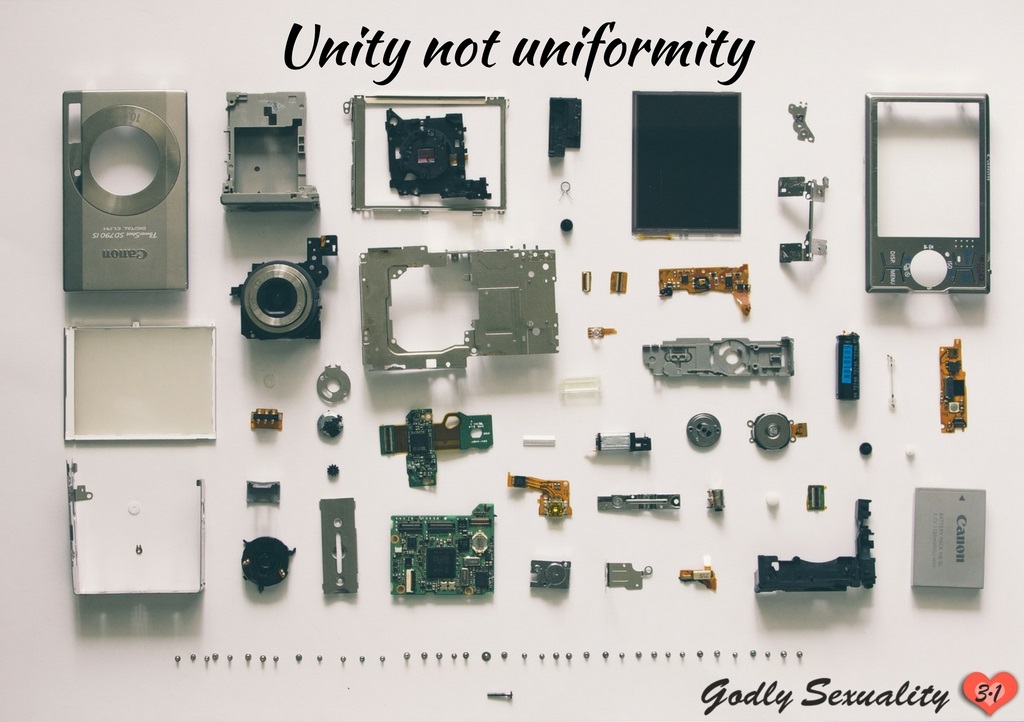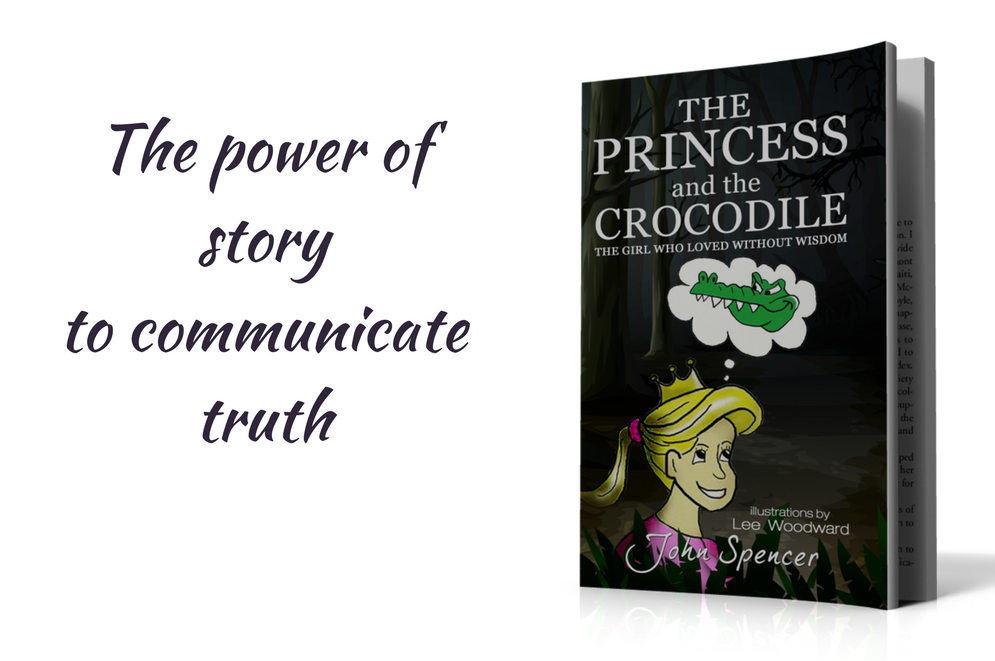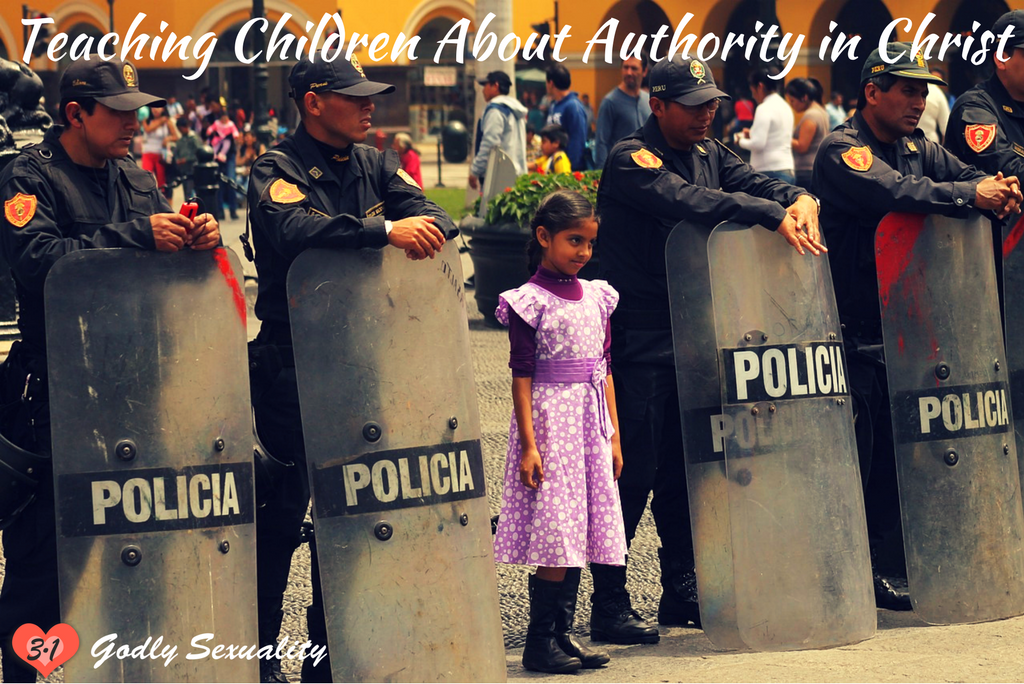You’ll notice that we will use the word sexuality on this blog in preference to the word sex. I think this video sums it up pretty well:
The word “sex” (late 1500s) comes from the Latin sexus: “the state of being male or female”. The origin is uncertain but is commonly taken with seco as “division or ‘half’ of the race”, which would connect it to secare “to divide or cut”. That is our race has been cut into two separate halves that can join back together.
In the 1920s D. H. Lawrence was the first to use “sex” to refer to the act of sexual intercourse (a phrase that first came into use in the 1700s). And that is what anyone would think if we to say it. The only exception would be if we said “what is the sex of…?”.
Is that all there is to being male or female? Our genitals and what we do with them? That would indeed be like saying a rainbow is just sun and rain or a mountain is just a triangular shaped rock. How far we have fallen from the beauty, mystery and majesty of who we truly are!
So we will use the word “sexuality” instead (the “action or fact of being male of female”). Whilst this word has also degenerated in its meaning (referring to “capability of sexual feelings” from 1870s and “identity” by 1980) at least it still retains some semblance of depth.
Dictionary definitions of sexuality tend to focus on the characteristics of the sexes and of physical sexual activity, and often even miss the relations between them. But in Gen 1:27 we see that:
God created man in his own image, in the image of God created he him; male and female created he them.
Our human sexuality is so much more! It is grounded in the imago Dei (the image of God) and so it is transcendent – it reflects/reveals something of the very nature of God (Rom 1:20). Hence, our sexuality is theographic and as such is deeply spiritual.
What we will be looking at in this blog is what our sexuality reveals about the nature of our Three-in-God and thus how our sexuality is both good and holy.
This message will be redemptive – by seeing the true nature it will help us be who we truly are and not the distorted image we get from the world.
Secondly we will then look at how we can convey this message to our children.

